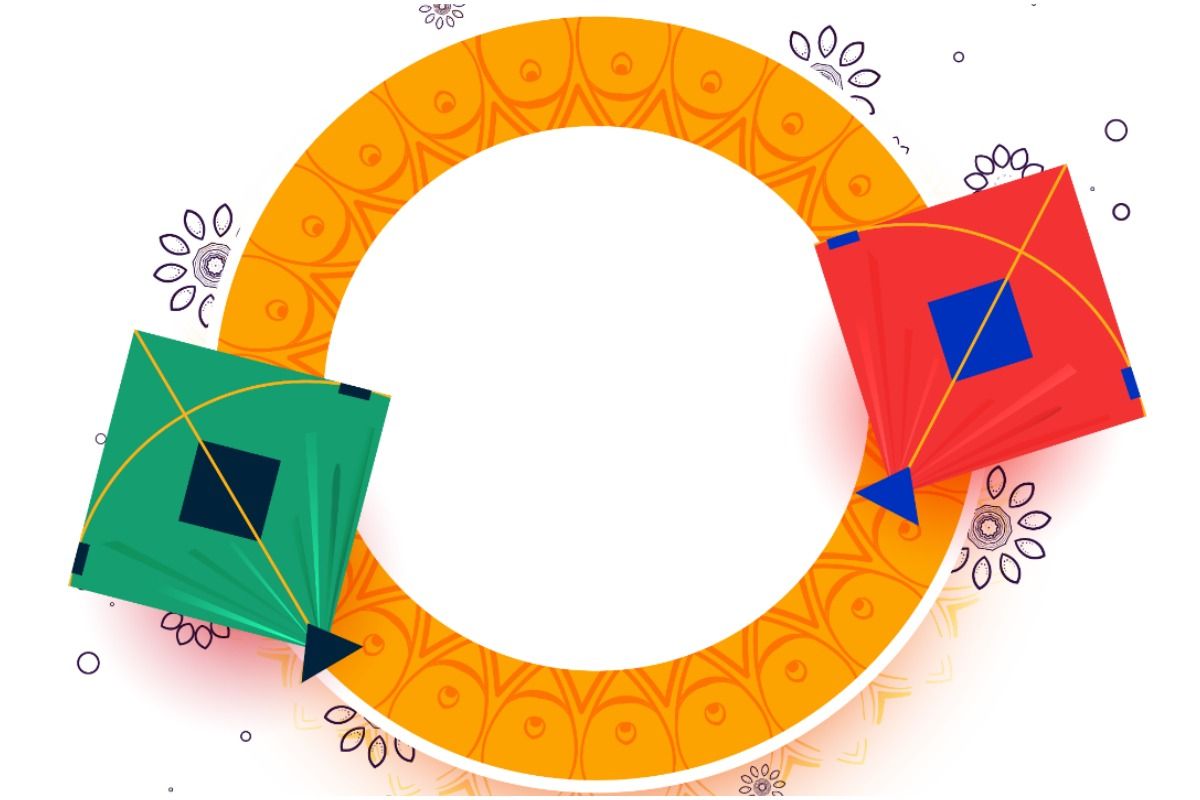
We are inching close to the auspicious occasion of Makar Sankranti. This day marks the end of the winter solstice, and there is renewed enthusiasm for the beginning of the harvest season. This sacred festival is celebrated in various parts of India in a unique way. This day marks the transition of the sun from Dakshinayan to Uttarayan and is celebrated with a lot of pomp and enthusiasm. After Makar Sankranti days get longer and the winter season slowly fades away.Also Read – Pongal 2022: Date, History, Significance And Everything You Need to Know
When is Makar Sankranti 2022?
This year, Makar Sankranti will be celebrated on January 14. This Hindu festival is celebrated with a lot of fervour and enthusiasm across India by planning to get together and flying kites. On this day, people take a holy dip in the Ganga (Ganga snan), charity, and prepare Makar Sankranti special delicacies including Dahi Chuda, Khichri, and sweets made of Til or sesame, and jaggery. This day also known as the beginning of the harvest festival- people welcome the spring season. Also Read – Kharmas 2021: Date, Significance And Everything You Need to Know
Tithi of Makar Sankranti 2022
According to Drikpanchang.com, Makara Sankranti Punya Kala will begin at 02:43 PM to 05:45 PM, the duration will be of 03 Hours 02 Mins. Also Read – Margashirsha Purnima Vrat 2021 Date And Significance: All You Need To Know
The Makara Sankranti Maha Punya Kala will begin at 02:43 PM and end at 04:28 PM, the duration will be 01 Hour 45 Mins.
The Makara Sankranti Moment will be at 02:43 PM.
Why do we celebrate Makar Sankranti
This festival is celebrated to worship Surya Devta or Sun god. Farmers across India pay their gratitude to Sun god and wish for a good crop. Did you know, Makar Sankranti is known as Uttarayan in Gujarat and Rajasthan whereas in Haryana and Punjab the festival is known as Maghi. In Kerala, Makar Sankranti is known as Makaravilakku.
History of Makar Sankranti
As per legends, Sankranti was a deity, who killed a demon called Sankarasur. In India, it is a date from when the sun begins to move north, as, before Makar Sankranti, the sun was shining on the southern hemisphere. The Hindus believe this period to be the uttarayan — or the period of auspiciousness. According to the Mahabharata, Bhishma Pitamah had waited for the sun to be in uttarayan to embrace death.
Stay connected with us on social media platform for instant update click here to join our Twitter, & Facebook
We are now on Telegram. Click here to join our channel (@TechiUpdate) and stay updated with the latest Technology headlines.
For all the latest Festivals and Events News Click Here
